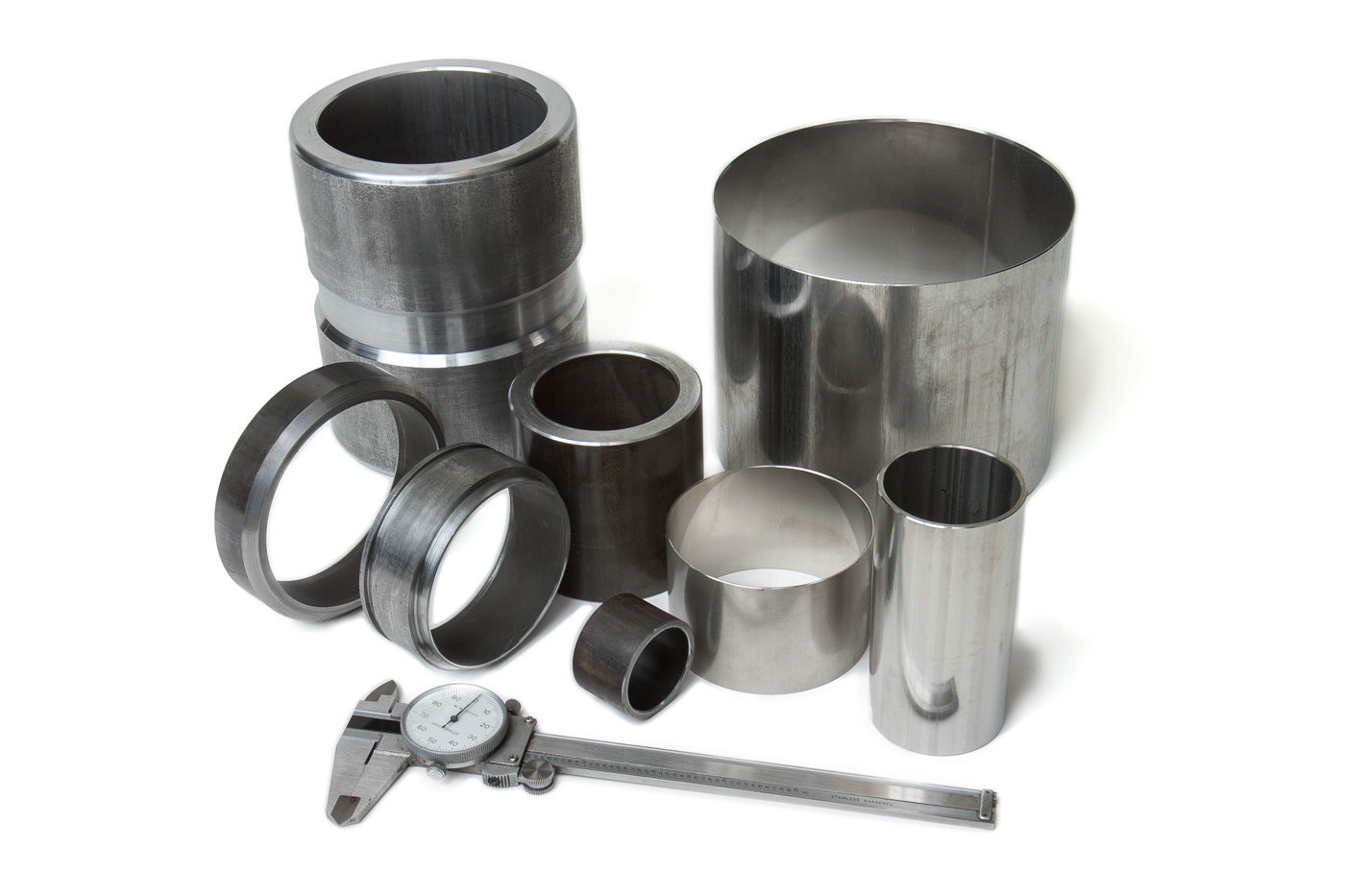If you use tubing in manufacturing your product, an out-of-date tube cutting process may be limiting your overall production. You might consider just upgrading to an automatic cutoff saw or an automatic cutoff lathe. However, if your specifications require that the cut pieces to be deburred, chamfered or end-finished, the cutting operation is the easy part. The secondary deburring or chamfering operation can be more labor-intensive than the cutoff operation. In fact, it might be fair to say that integrating the tube finishing process into the cutoff is the main factor that makes a rotating-head system a great investment for most metal tube processors.
What Are The Types of Finishes a Rotating Head Machine Can Produce?
With the right software, there are a large number of end finishing and chamfering operations that a rotating head cutoff machine can perform. Each of these types of cuts or finishes increases the productivity of a system, whether you have long productions runs or fill small specialty orders. In addition, by combining the cutting and finishing processes into one step, you not only speed up the overall process but also cut down on human error, work-in-process inventory and setup time.
A few of the tube end finishes you can automate with a rotating-head system:
- Often, when metal tubes are cut, small burrs or pieces of metal will be left behind. In some cases, a quick clean up, or brush “de-burr,” of these surfaces makes them clean and safe to handle. But this process was usually done by hand in the past; now, with a rotating-head cutoff tube lathe, you can combine cutting and deburring into one seamless process.
- Chamfering and facing. When steel tubes or pipes are cut, the outer and inner areas may need to be chamfered or faced. In some cases, this means that they must chamfered for welding, press-fitting or for ease of assembly later on. By including a chamfering or facing sequence into the cutoff, the servo-driven cutting head can perform all these operations.
- In many cases, tubes need to have grooves formed or machined along their length. This process can be integrated into a rotating-head cutoff system, which reduces secondary operations.
- Deep-weld bevels. When producing drive shafts and hydraulic cylinders, tube ends need to be beveled or radiused to prepare for welding. With a rotating head cutoff lathe, this can be integrated into the cutoff cycle, which results in a considerable improvement in workflow.
If you would like to learn more about how an automatic tube cutoff system can help you automate your production, give Hautau a call. We can help you design the right system for your unique requirements!


